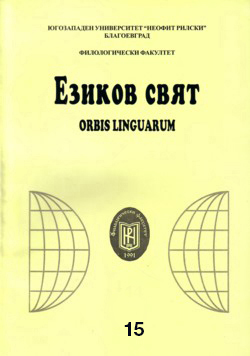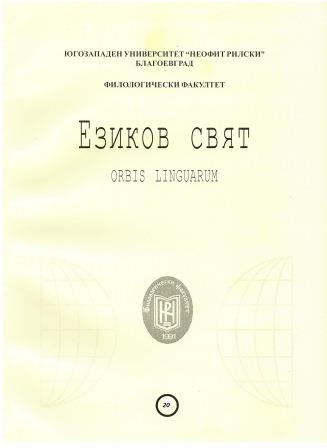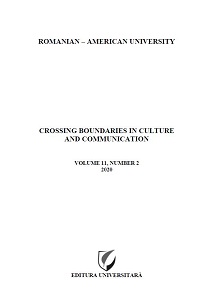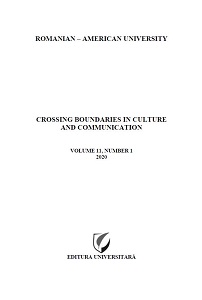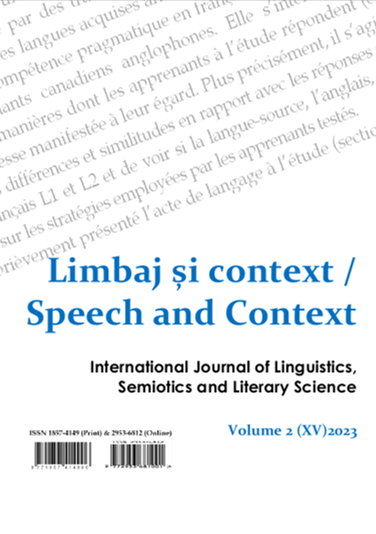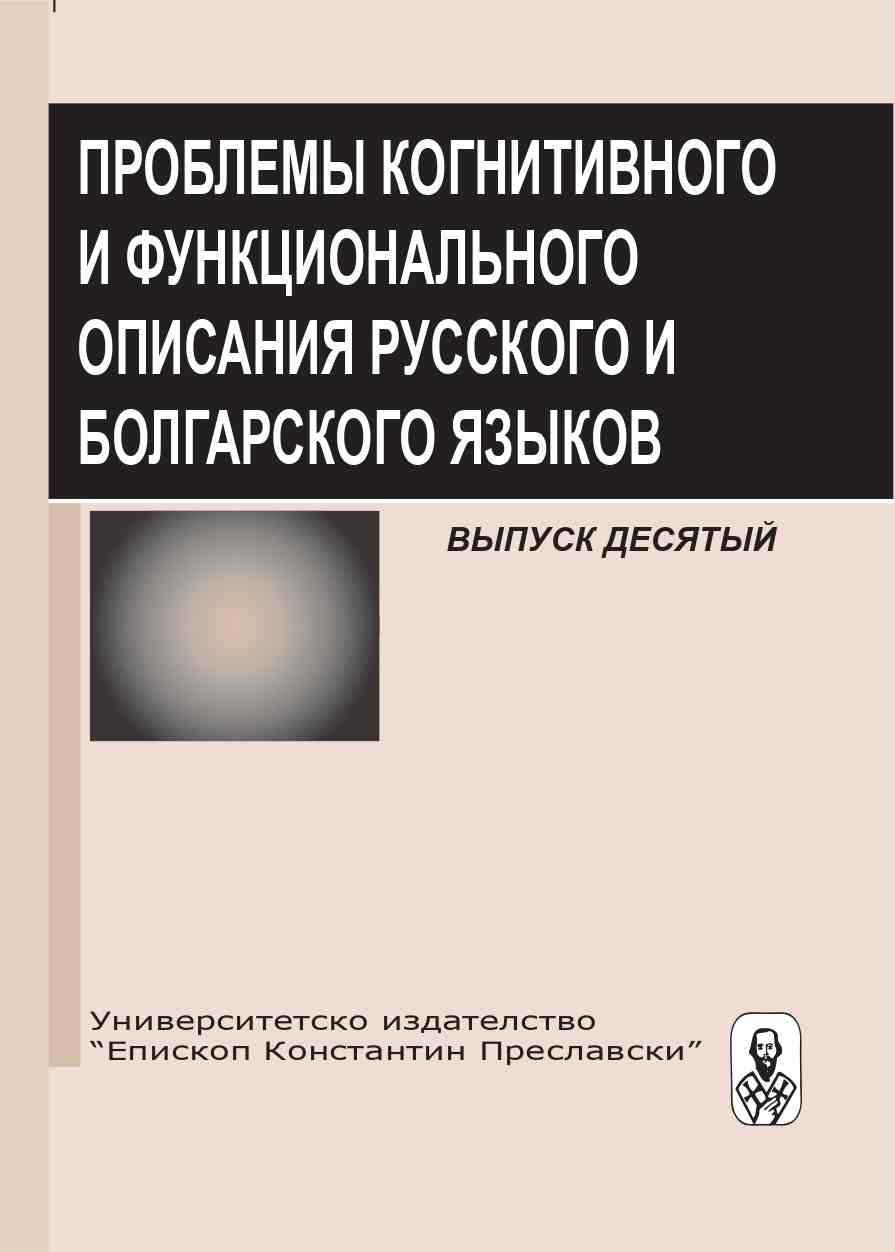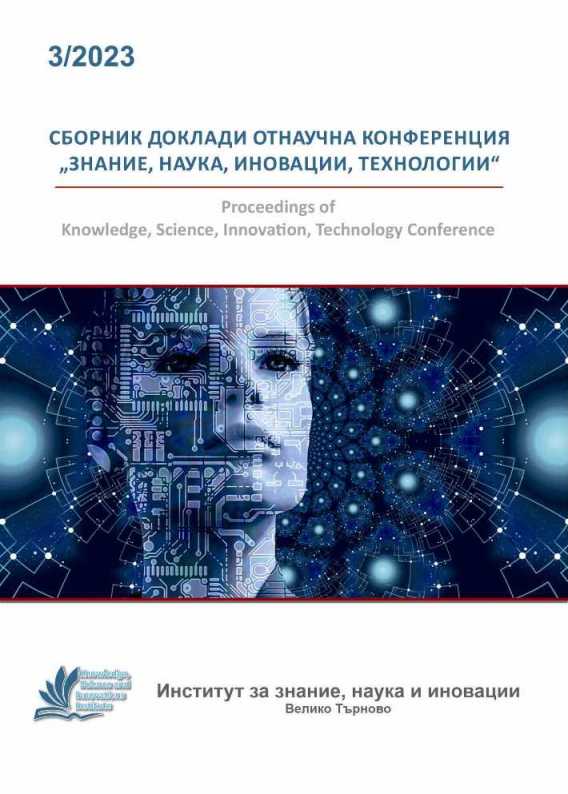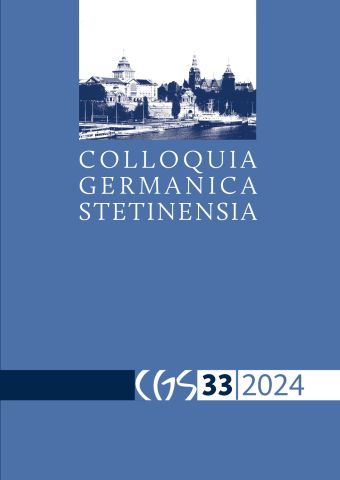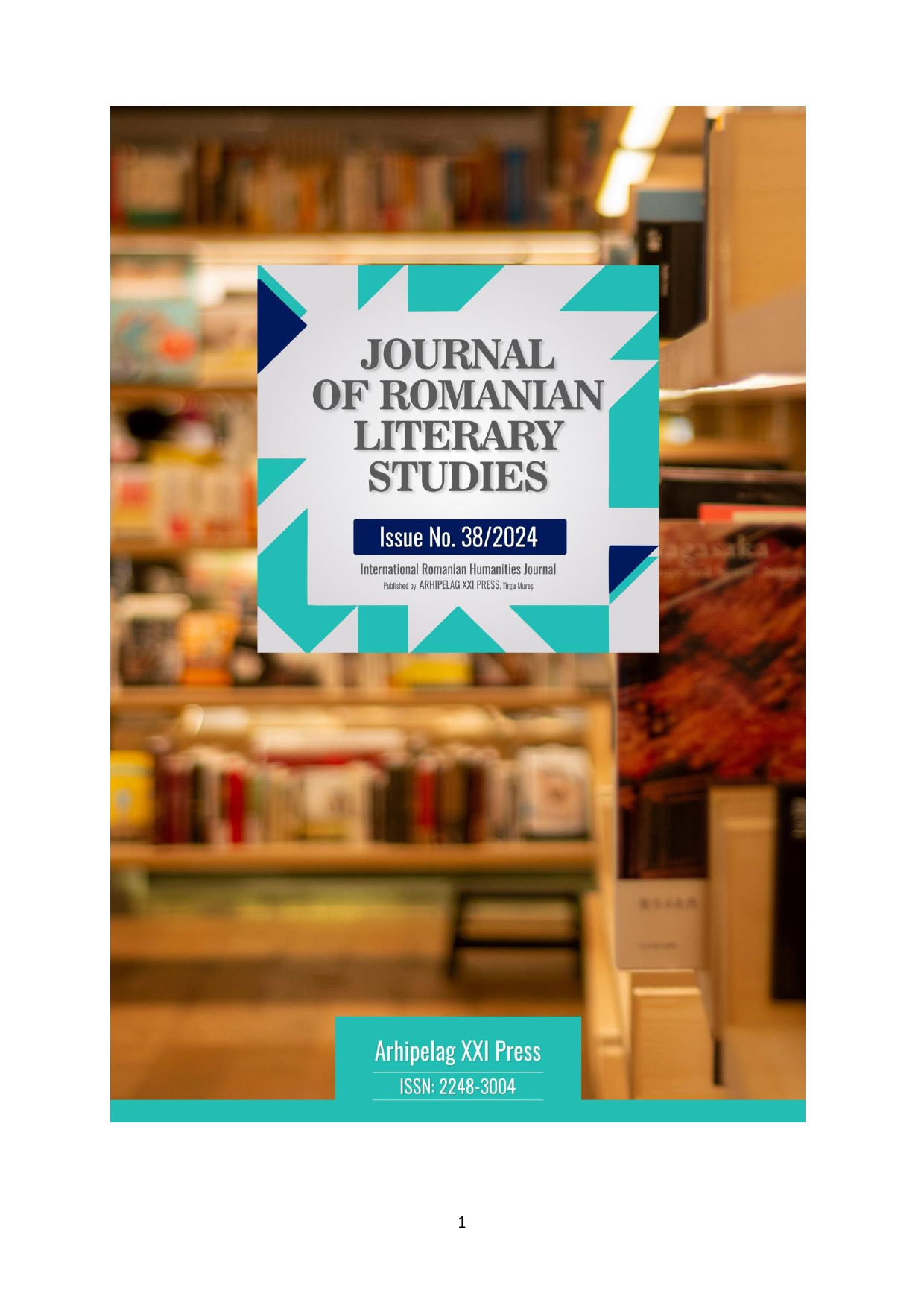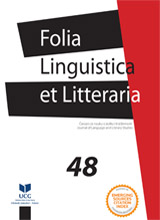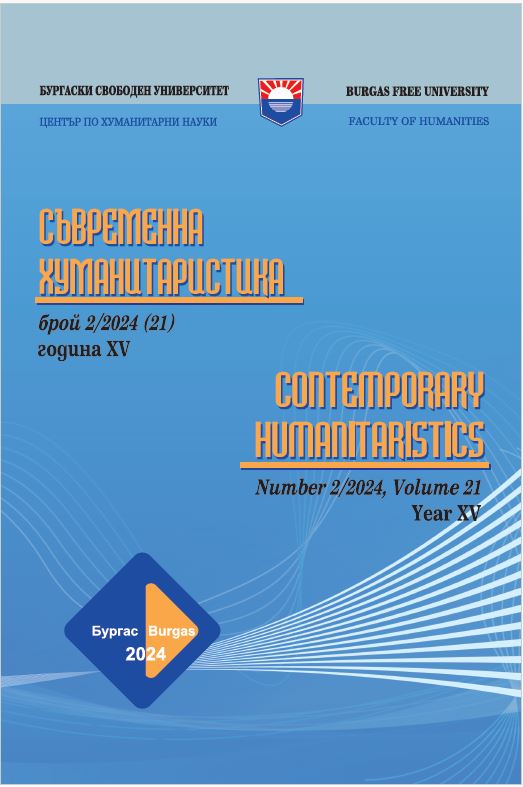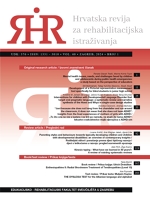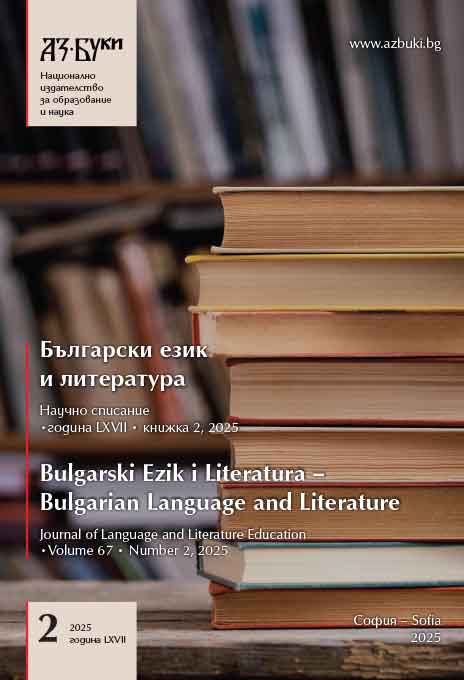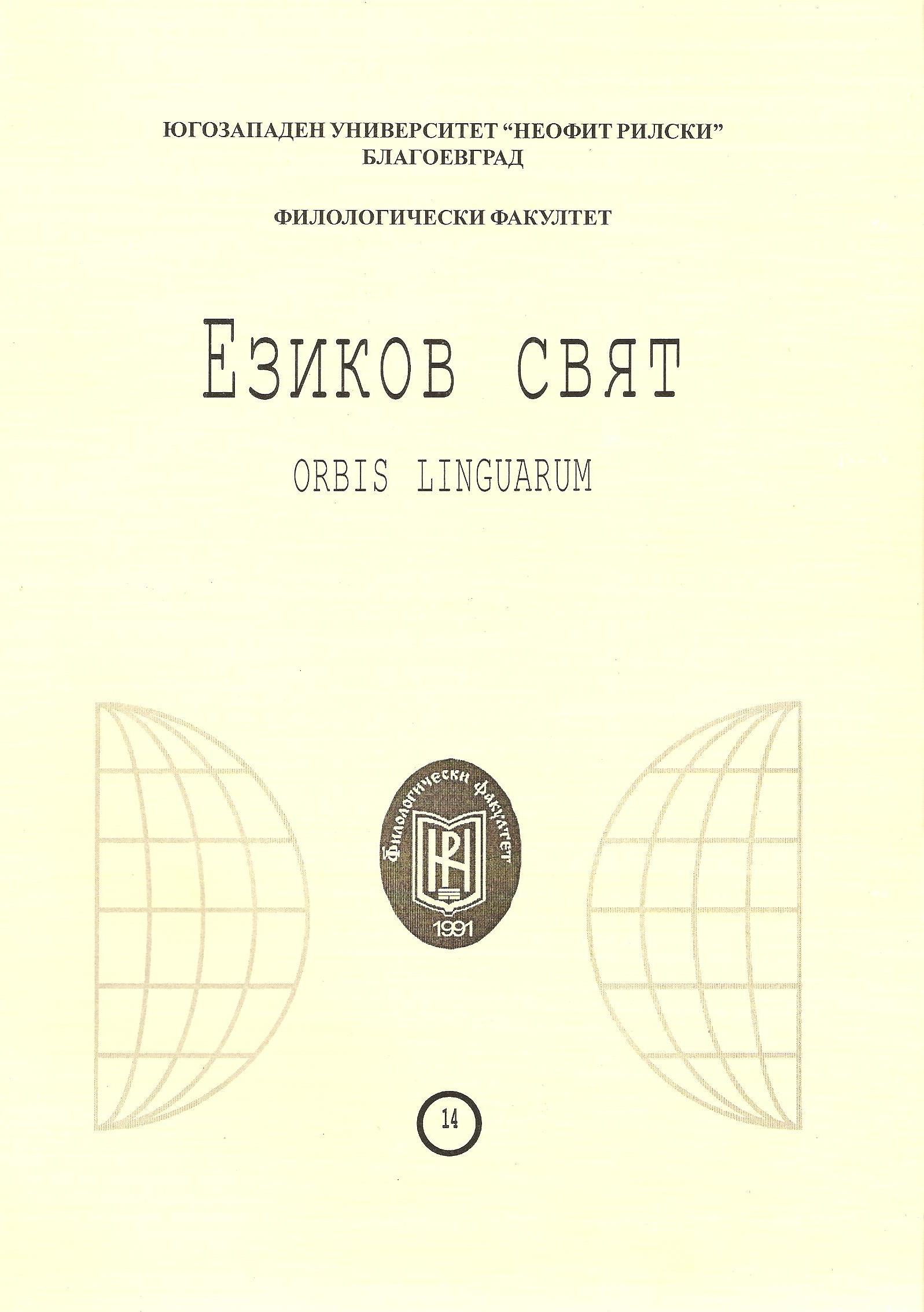
СРАВНИТЕЛЕН АНАЛИЗ НА РЕЧЕВИЯ ЕТИКЕТ В БЪЛГАРСКИЯ И КИТАЙСКИЯ ЕЗИК
The aim of this article "Comparative analysis of speech etiquette in Bulgarian and Chinese language" is a Comparative Analysis of the specifics of speech etiquette in Bulgarian and Chinese language. Based on examples from everyday life are presented and analyzed several situations in salute, address, presentation, thanksgiving, application motive, compliments, etc., where most stand out differences or similarities in the culture of the two nations expressed through speech etiquette, whose ignorance leads to misunderstanding in communication. The article also outlined some national traditions that have the biggest impact on speech etiquette. The paper makes an appeal teaching of native speech etiquette for foreigners should be included in language learning.
More...
